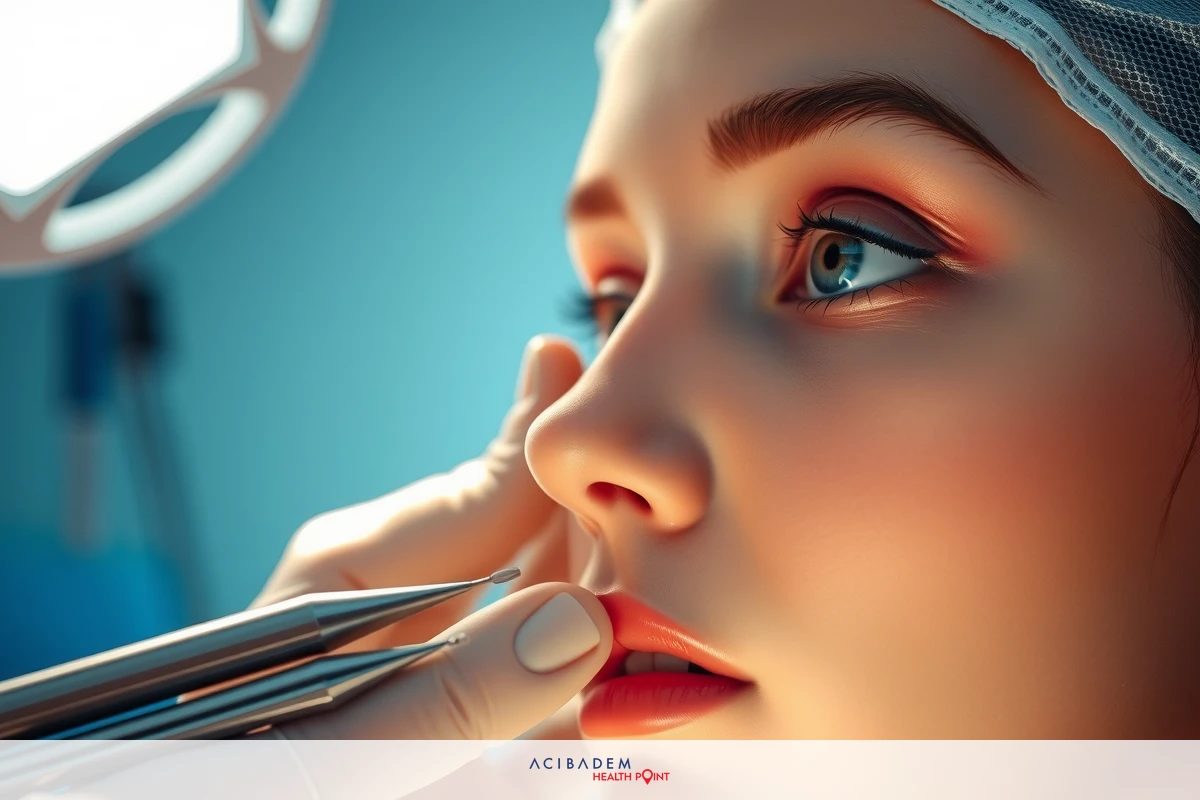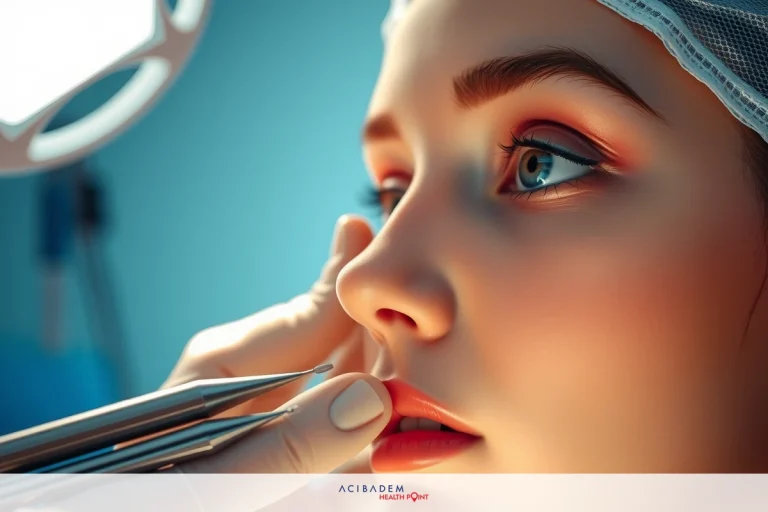Why Do Plastic Surgery Noses Look the Same?
Why Do Plastic Surgery Noses Look the Same? The world of cosmetic surgery is fascinating and complex, with an array of procedures designed to enhance and alter physical appearance. One such procedure that has gained attention is rhinoplasty, commonly known as a nose job. Often, individuals who undergo this surgery might notice a certain uniformity in the outcomes, leading to the question – why do plastic surgery noses look the same?
This commonality can often be attributed to surgical techniques and aesthetic ideals. Surgeons strive for a harmonized aesthetic when performing these procedures, aiming to create a result that is balanced with the rest of the patient’s features. Additionally, societal standards of beauty often influence the desired outcome, contributing to similarities among post-surgery noses. However, it’s crucial to note that while there may be some similarities, each procedure is tailored to the individual’s facial structure and personal preferences, preserving their unique individuality.
Harmonized Aesthetic in Plastic Surgery Noses
Plastic surgery, particularly rhinoplasty, often aims towards a harmonized aesthetic. This approach means that the new nose should fit and blend naturally with the rest of the patient’s facial features. It is not merely about creating a beautiful nose but creating a nose that complements and enhances the overall facial aesthetics. The goal is to achieve balance and harmony among all facial elements. Surgeons consider factors such as the shape of the face, the size of other features like eyes or lips, and the distance between these features.
The concept of a harmonized aesthetic is deeply rooted in the principle of balance and proportionality. In the realm of plastic surgery, noses are not looked at in isolation. Instead, they are seen as part of an interconnected system of facial features that need to work together to create a balanced and pleasing appearance. When a surgeon designs a new nose for a patient during rhinoplasty, they take into account how this new feature will interact with existing ones. This careful consideration can result in post-surgery noses having similar characteristics since there’s a universally accepted understanding of what constitutes a well- proportioned face.
However, it’s important to note that while surgeons aim for harmony and balance, this does not mean every nose will look identical after surgery. Each person’s genetics and individual facial characteristics play an essential role in determining the final outcome. For instance, certain ethnic features might require different considerations compared to others. A harmonized aesthetic isn’t about creating a “cookie-cutter” standard of beauty but rather ensuring that each patient’s unique features are respected and enhanced to their best potential while maintaining a sense of naturalness and authenticity.
Factors Influencing the Similarity of Plastic Surgery Noses
There are several factors contributing to the perceived similarity in noses post-plastic surgery. One of these is the influence of societal beauty standards. These standards often guide the desired outcomes of plastic surgery, resulting in a bias towards certain nose shapes or sizes. For instance, if a petite, upturned nose is deemed attractive in a specific culture or time period, many patients might request this style, leading to a prevalence of similar-looking noses.
The techniques and tools employed by surgeons also play a role in this similarity. Rhinoplasty is a complex procedure that requires precise skill and knowledge. Surgeons often rely on proven methods and techniques to ensure safety and success. This reliance can lead to similar outcomes, especially when it comes to common issues like removing a bump from the bridge of the nose or refining the tip. It’s also worth noting that there are physical limits to what can be achieved surgically. For example, the patient’s existing nasal structure and
skin thickness may limit the extent to which the shape of the nose can be altered.
Lastly, the surgeon’s personal style and expertise heavily influence the results. Just like artists have their signature

style, surgeons too might have specific aesthetics they prefer or are more skilled at achieving. If a surgeon is known for creating a particular type of nose and is sought after for this reason, their work would naturally result in a higher number of similar-looking noses. However, it’s crucial to remember that despite these similarities, each surgery is tailored to fit the individual patient’s facial features and personal preferences, ensuring they still retain their unique individuality post-procedure.
Preserving Individuality in Plastic Surgery Noses
While there are commonalities among post-surgery noses due to technical and aesthetic considerations, it’s essential to understand that the ultimate goal of any plastic surgery, including rhinoplasty, is to enhance the individual’s features while preserving their unique individuality. Each patient brings a unique set of facial features, personal expectations, and goals to the table, which are all integral to the surgical process and outcomes.
Surgeons take into account several factors to ensure that each nose job is customized to the individual. These include the patient’s facial structure, ethnicity, age, and personal desires. For instance, the surgeon will consider the width and shape of the patient’s face, their cheekbones, lips, and eyes when designing the new nose. They also pay attention to details like skin thickness and elasticity, which can impact how well the nose heals and holds its new shape. These careful considerations help create a result that enhances the person’s overall look while maintaining their distinct identity.
The patient’s input is also crucial in preserving individuality in plastic surgery noses. Surgeons typically have detailed consultations with patients to understand their expectations and desired results. They use these discussions to inform their surgical plan, ensuring that it aligns not only with medical and aesthetic standards but also with the patient’s personal vision for their appearance. Through this collaborative approach between patient and surgeon, each nose job becomes a personalized procedure, striking a balance between aesthetic appeal and individual uniqueness.
Frequently Asked Questions
Are all plastic surgery noses going to look the same?
No, all plastic surgery noses do not look the same. While there may be similarities due to surgical techniques and aesthetic ideals, each procedure is tailored to the individual's facial structure and personal preferences. Surgeons aim to enhance the patient's features while preserving their unique individuality.
Can I choose the shape of my nose during rhinoplasty?
Yes, you can discuss your desired shape and size of the nose with your surgeon during the consultation process. Your surgeon will take into account your facial features, expectations, and medical considerations to create a surgical plan that aligns with your goals.
Will rhinoplasty completely change my appearance?
Rhinoplasty has the potential to enhance your facial appearance by harmonizing your nose with other features. However, it is important to have realistic expectations and understand that the goal is to improve your natural features rather than completely transform your overall appearance.
How long does it take for a plastic surgery nose to heal?
The healing process varies for each individual, but generally, it takes several weeks to months for a plastic surgery nose to fully heal. During this time, swelling and bruising will gradually subside, and the final results will become more apparent. It's important to follow your surgeon's post-operative instructions for a smooth recovery.
Are there any risks or complications associated with rhinoplasty?
As with any surgical procedure, there are risks associated with rhinoplasty. These can include infection, bleeding, adverse reactions to anesthesia, scarring, or unsatisfactory aesthetic results. It's crucial to choose a qualified and experienced surgeon who will discuss these risks with you beforehand and take steps to minimize them.











